Cornus Mas in full sun?
katrina_ellen
11 years ago
Related Stories
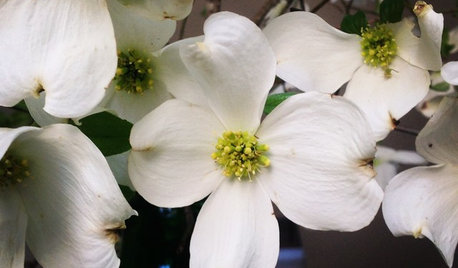
GARDENING GUIDESGreat Design Plant: Cornus Florida Benefits Wildlife
Flowering dogwood provides fiery red foliage in fall and beautiful springtime blooms
Full Story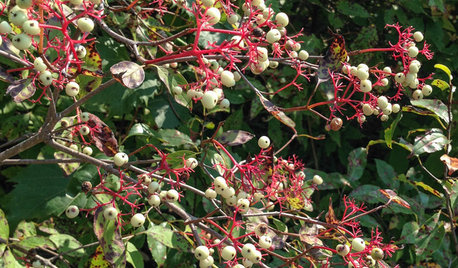
GARDENING GUIDESGreat Design Plant: Cornus Racemosa
In eastern North America, plant gray dogwood for erosion control or privacy, and you'll get flowers, berries and maroon fall foliage too
Full Story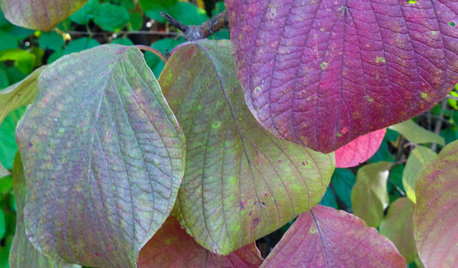
FLOWERS AND PLANTSCornus Rugosa, an Understated, Elegant Native Dogwood
Plant roundleaf dogwood for showy white flowers favored by pollinators in spring and for beautiful foliage in fall
Full Story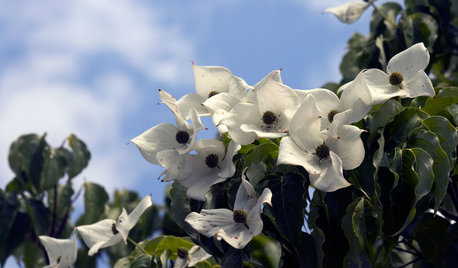
GARDENING GUIDESGreat Design Plant: Kousa Dogwood
This four-season landscape star offers lovely pink bracts, bumpy summer berries and more
Full Story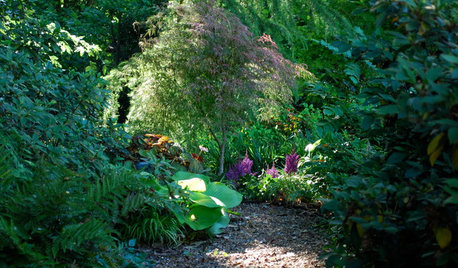
LANDSCAPE DESIGNSet Your Shade Garden Aglow With Light
Invite brightness to the dark corners of your garden for a magical dance you won't want to miss
Full Story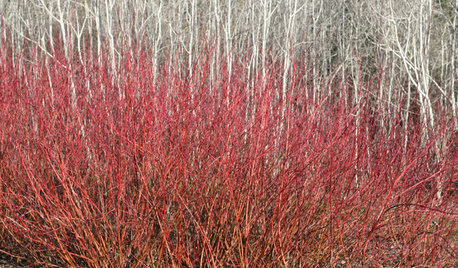
WINTER GARDENINGGreat Design Plant: Redtwig Dogwood
Fiery winter foliage makes this plant a seasonal stunner
Full Story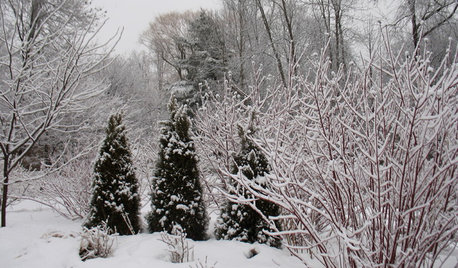
NORTHEAST GARDENINGNortheast Gardener's December Checklist
Wildlife and evergreens provide plenty of winter interest, but barer views offer their own benefits for gardens
Full Story
GARDENING GUIDESYes, You Can Grow Food in a Shady Yard
Your shady garden doesn’t have to be forever barren. Berries, herbs and other shade-loving plants can produce a delicious bounty
Full Story
FALL GARDENING6 Trees You'll Fall For
Don’t put down that spade! Autumn is the perfect time for planting these trees
Full Story
GARDENING GUIDESGreat Design Plant: Amelanchier Signals Spring With Airy White Blooms
With roughly 20 species of serviceberry native to the U.S., bees can feed on the early-season blooms while birds enjoy the summer berries
Full Story






tsugajunkie z5 SE WI ♱
Embothrium
Related Discussions
Looking for Cornus mas 'Nana'
Q
Cornus Mas has very few flowers
Q
Cornus mas 'Golden Glory' disease?
Q
Small to Mid Size Trees for full sun, full wind
Q
wisconsitom
katrina_ellenOriginal Author
Embothrium
katrina_ellenOriginal Author
katrina_ellenOriginal Author
Embothrium
katrina_ellenOriginal Author
gardengal48 (PNW Z8/9)
katrina_ellenOriginal Author
gardengal48 (PNW Z8/9)
gardenapprentice
viburnumvalley
katrina_ellenOriginal Author
gandle
katrina_ellenOriginal Author
wisconsitom
katrina_ellenOriginal Author
katrina_ellenOriginal Author
katrina_ellenOriginal Author
katrina_ellenOriginal Author
katrina_ellenOriginal Author
viburnumvalley
wisconsitom
wildforager